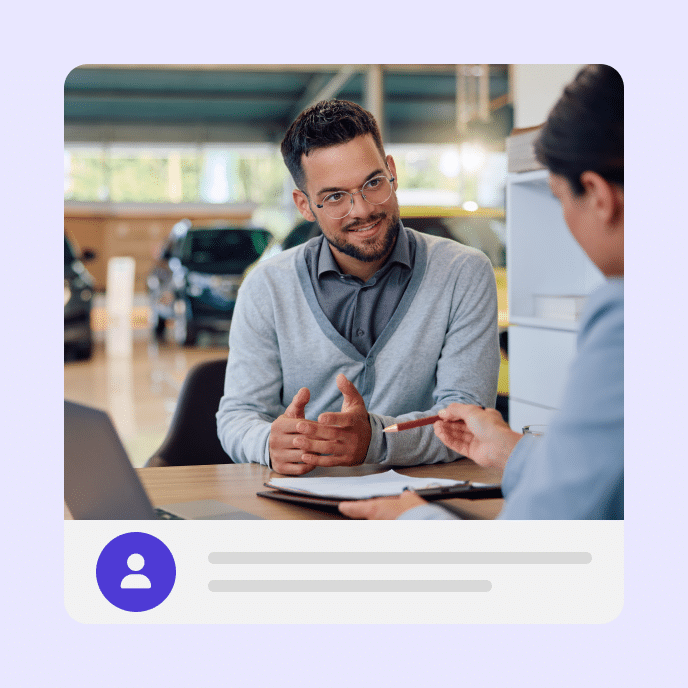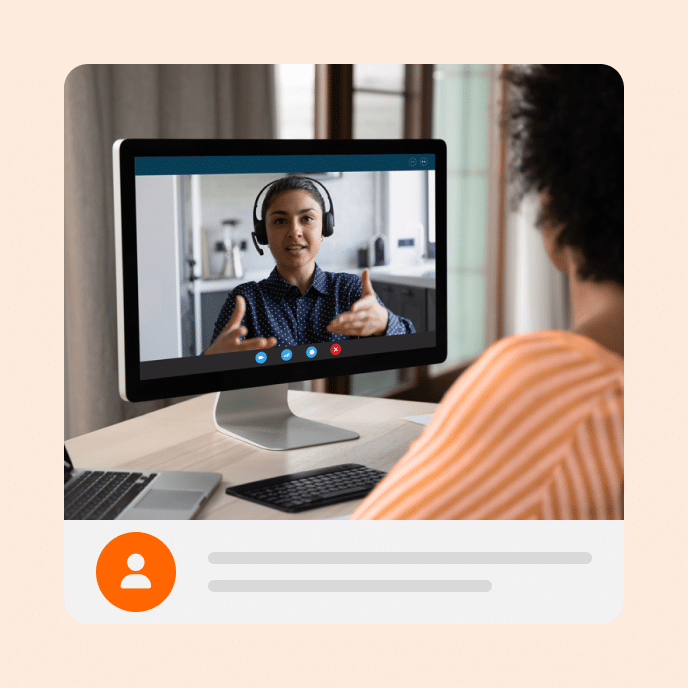Bridging the E-Learning Gap: From Content to Performance
Sometimes courses don’t have much to say in content. But even dreaded compliance courses can be less snooze-inducing with the right tactics. Read on for simple tips to make required courses more compelling.

Moving beyond content to create meaningful learning experiences
E-learning courses often focus on sharing information, but true learning requires more than just content. We’ll explore how to design courses that foster real understanding, enabling learners to apply knowledge effectively in real-world situations.
One evening I was working late, and the fire alarm sounded. My colleagues and I did what we were trained to do and walked to the nearest exit. But, we found ourselves stuck at a sliding door that had shut down. Our safety training hadn’t prepared us for this scenario, and we were at a loss. This experience highlighted the stark difference between passing a site safety course (information) and knowing what to do in an actual emergency (understanding).
The safety course, like many e-learning courses, focused on sharing information but didn’t go beyond that. This approach doesn’t work for courses where learners are expected to take action or complete tasks. In these cases, e-learning courses need to be designed to move beyond facts and create new levels of understanding focused on performance expectations.
How to create understanding
When teaching, our goal isn’t just for learners to know information. We want them to use that information in context to make good decisions. The challenge in creating e-learning courses is building an environment where learners can process information, place it in the appropriate context, and demonstrate deeper understanding. Here are some fundamental ideas to achieve this:
- Establish clear learning objectives
- Determine what evidence proves understanding
- Build the course to provide information AND create a learning experience
- Create opportunities for learners to reflect on the information
- Allow learners to explore and experiment
Establish clear learning objectives
For an e-learning course to be successful, you need to set clear learning objectives. This might seem obvious, but it’s often overlooked. Without clear objectives, you’ll struggle to reach your goals and engage learners effectively.
Determine what proves understanding
Once you’ve established learning objectives, decide how you’ll know they’ve been met. What evidence demonstrates that the learner understands not just how to do something, but why? This goes beyond creating multiple choice quizzes.
Build an informative and experiential course
Design experiences that help learners reach the desired level of understanding. Measure their grasp of facts and put them in situations where they can apply those facts to real-life decisions. This approach helps you see that learners not only get the information but can use it appropriately to make performance-based decisions.
Create opportunities for reflection
Help learners reflect on new information. Often, we share information and move on, assuming learners understand its importance. By encouraging reflection, you help learners place abstract and disconnected facts in an appropriate context. Some ideas include:
- Ask thought-provoking questions
- Have learners review scenarios or case studies
- Create learning journals for personalized reflections
Allow learners to explore
Create a space for learners to make “minor adjustments” and explore “what if” scenarios. This could involve:
- Freeing up course navigation for exploration
- Creating scenario-based branches with specific feedback
- Building interactive environments where learners can modify variables and see the effects of their decisions
Key takeaways for creating impactful e-learning experiences
By establishing clear objectives, providing opportunities for reflection, and allowing exploration, you can create e-learning courses that truly empower learners. Remember, the goal is not just to put a bunch of screens together to share information but to foster understanding that leads to better decision-making and performance in real-world scenarios.
You may also like

How to Create Sales Training that Sticks
Create sales training that sticks with practical, bite-sized learning, reinforcement, and tracking. Keep reps engaged, improve retention, and drive results.

How to Train Customers and Keep Them Engaged
Struggling to keep customers engaged with training? Learn expert-backed strategies to get learners motivated, engaged, and primed for success.

Build Interactive Scenarios With The Simple 3C Framework
Create engaging scenarios with proven building blocks I’ve written extensively about the 3C model over the years since introducing it on the Rapid E-Learning blog in 2009. So this content isn’t exactly new, but now seems like a perfect time to revisit this framework because it continues to offer tremendous value for today’s instructional designers. […]